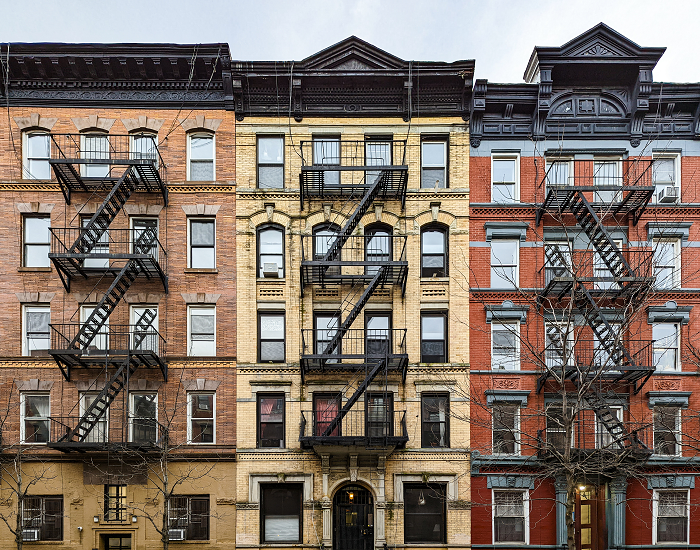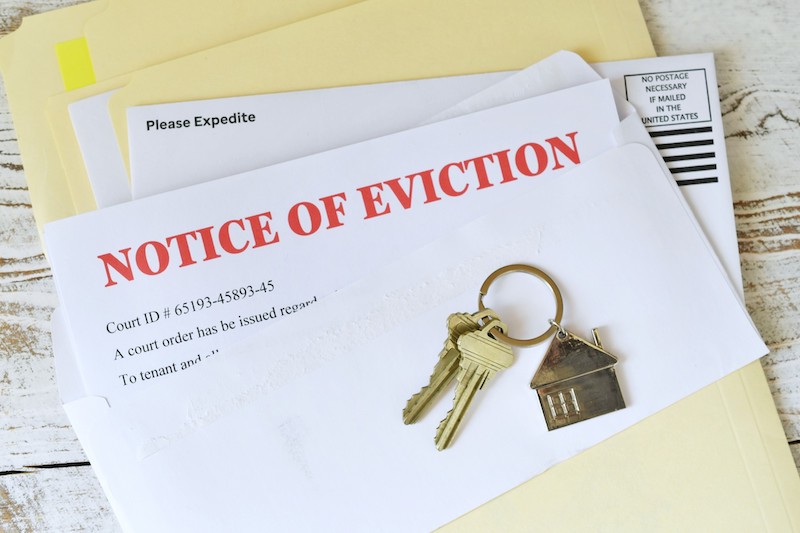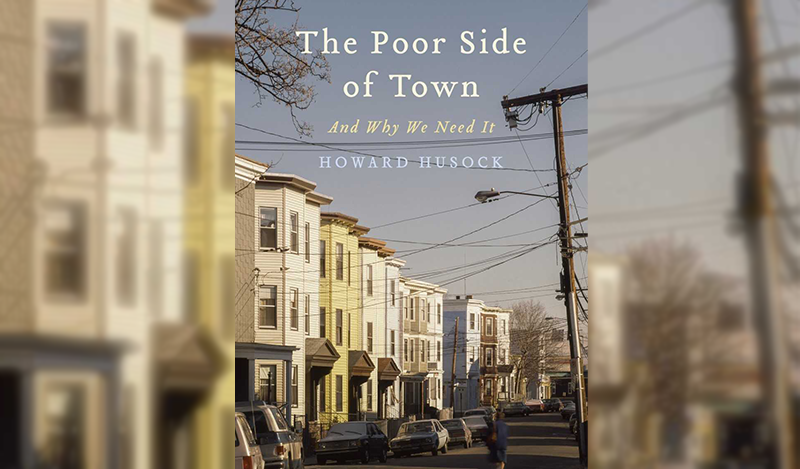Want To End Apartment Warehousing? Ease Up On Rent-Control Laws
August 24, 2023
New York City’s Independent Budget Office this week reported that some 13,000 rent-regulated apartments in the city have been vacant for more than two years — fueling the charge that owners are deliberately “warehousing” apartments to pressure legislators to ease limits on rent increases.
A group called the End Apartment Warehousing Coalition, comprising 22 tenant organizations, supports legislation that would impose a fee on any landlord whose unit is vacant for more than three months.
Tenant advocates assert that such an approach will help end homelessness.
In reality, that would be an unprecedented form of regulatory overreach: forcing business owners to operate at a loss.
To understand why, turn to New York’s Housing Stability and Tenant Protection Act of 2019, which tightened the screws on owners of the nearly 1 million rent-regulated apartments in dramatically new ways.
Most important, for the first time, it limited rent increases that could be justified by “major capital improvements” to units to just $15,000 over a 15-year period.
That means that no matter how much owners must spend to repair heating systems, roofs and windows, they’ll be limited in how much they’ll be permitted to raise the rent.
For tenant activists, this was a way to close a regulatory “loophole” that allowed buildings to raise rent.
But there’s a direct link between the cap on capital improvement reimbursements and the so-called “warehoused” apartments.
If it costs more to maintain a unit — and keep it in compliance with housing codes — than rental income justifies, it only makes sense to padlock it.
In other words, an anti-warehousing law would force owners to lose money every month — or rent a substandard unit at the risk of being in violation of housing laws.
It makes sense, and saves dollars, to keep the unit vacant.
Other proposed laws are as bad or worse.
The End Warehousing Coalition, for instance, is pushing for a bill proposed by Manhattan Borough President Gale Brewer to require inspections, and presumably repairs, for vacant apartments — on the grounds that they may harbor rats or pose a fire hazard for neighbors.
That approach leads to the worst of both worlds: forced spending on repairs and no rental income at all (at least until the fixed-up units can be rented).
Losses would pile up — and, plausibly, spark the kind of abandonment the city saw in the 1970s.
Should supermarkets to be required maintain stores if they run in the red? Drug stores? Banks?
It’s a small step from being required to operate at a loss to a municipal takeover — and taxpayer subsidy.
That’s called public housing — and the kind we have now operates at a $34 million annual budget deficit and faces an estimated $80 billion in deferred-maintenance bills.
The city’s already taking a small step along this road, offering grants to building owners to make repairs for which they can no longer raise the rent.
These are costs the private market can cover if it’s allowed to operate; instead, city taxpayers will have to pay.
Meanwhile, the 2019 law is hurting rent-stabilized apartments beyond the “warehousing” of some.
The most recent Census Bureau Housing and Vacancy Survey of city apartments found 33% of rent-regulated units have rodents, compared to just 18% of market-rate units, and three times as many have mold.
Twice as many have toilet and elevator breakdowns.
The math here is simple: When you can’t raise the rent if your costs go up, you’re forced to do what it takes to keep costs down.



